Protect What Matters Most
Many of us probably think of most insurance as a safety net – protection against the “What ifs?” of life. And unless you’re an experienced tight-rope walker, you’re likely going to need that safety net. So how do you know if you’re covered?
Your 40s are a great time to evaluate your insurance plans. You might now have children, or a home, or a higher-paying job than you did when you first purchased insurance. What worked for you in your 20s and 30s might not cut it in your 40s.
Here are some things to keep in mind as you assess your insurance needs:
Is your current level of life insurance protection adequate?
If your pay has increased, your insurance coverage likely should as well.
Do you have disability insurance?
If so, is the benefit amount in line with your current pay?
Don’t forget homeowners insurance!
It’s a great idea to review your homeowners policy to ensure your coverage amount is keeping pace with your home’s value.
Are You Covered?
Insurance is a tool used to protect against financial loss. What type of insurance should you pay special attention to in your 40s? Life, disability, health, and property/casualty should be top of mind, and long-term care insurance should be on your radar.
Life Insurance
The primary need for life insurance is to provide for dependents if you pass prematurely. When was the last time you assessed your life insurance coverage? Would your current coverage adequately provide for your family?
Life insurance comes in a variety of forms, with level term insurance commonly being the most appropriate type. Permanent policies like whole or universal life are also available. These policies typically build up of cash value and provide for long-term insurance needs.
Group life insurance offered through employers or organizations is a popular and cost-effective source of coverage. Does your employer offer life insurance? If so, is your coverage enough to provide for your family? If the answer is no to either question, it may be time to research personally-owned coverage.
Read More: Dear Young Families: Buy Life Insurance, It's Cheap

Disability
Insurance
The average worker has a 30% chance of being disabled during his or her career. Yes, you read that right. At least 51 million workers in the U.S. are without disability insurance. You have the ability to receive 60-70% of your income through disability insurance coverage.
Workers can obtain coverage through employers (who offer it) or can purchase personally-owned coverage. If you’re unsure if you have disability insurance, now is the time to find out! As you get older, the cost of coverage increases, so it’s best to act sooner than later.
Read More: Disability: It Could Happen to You
Check out our Insurance Gaps Infographic
Property & Casualty
Insurance
Auto and homeowners coverage are considered no-brainers. On the other hand, umbrella liability insurance tends to be overlooked. Your auto and homeowners policies have an initial amount of liability protection built into them. After the limit of liability is exceeded, who is responsible? An umbrella policy acts as an extension of your coverage, providing additional protection to safeguard your assets. The best part? Umbrella coverage tends to be inexpensive relative to your other insurance policies.
Read More: What is Umbrella Liability Insurance and Do You Need It?
Long-Term Care
Insurance
While purchasing long-term care insurance in your 40s might not make the best financial sense, beginning to think about coverage is ideal. Currently, the "sweet spot" for purchasing coverage is during your 50s. Odds are you have first-hand experience with aging grandparents or parents who benefited from, or could have benefited from, long-term care insurance.
Health care plans and Medicare combined generally provide only 3% of the cost of long-term care. The additional cost is typically funded through individual investments, other assets, or long-term care insurance. Medicaid is also available after your assets are depleted to a minimum amount. According to Genworth, the average national cost of a private nursing home room is $100,000 per year! If you're unsure whether your assets could support future long-term care expenses, long-term care insurance might be a good investment.
Read More: Can you Afford to Play the Odds?

